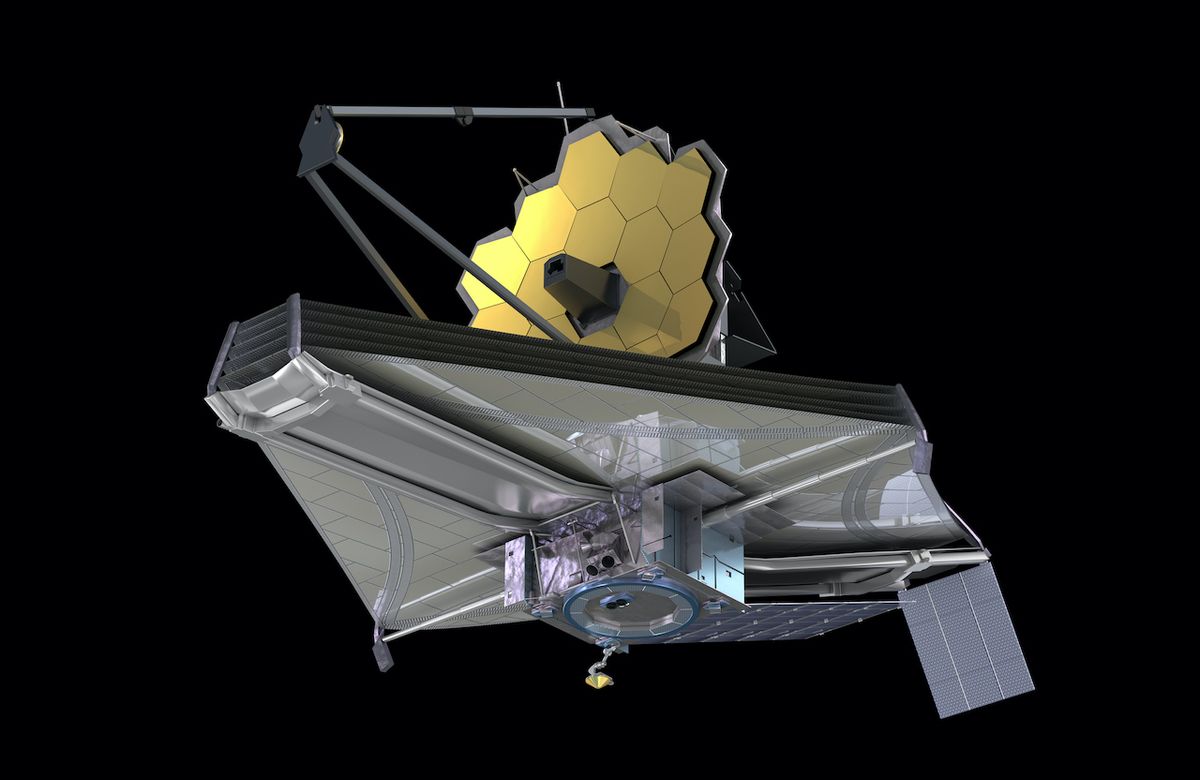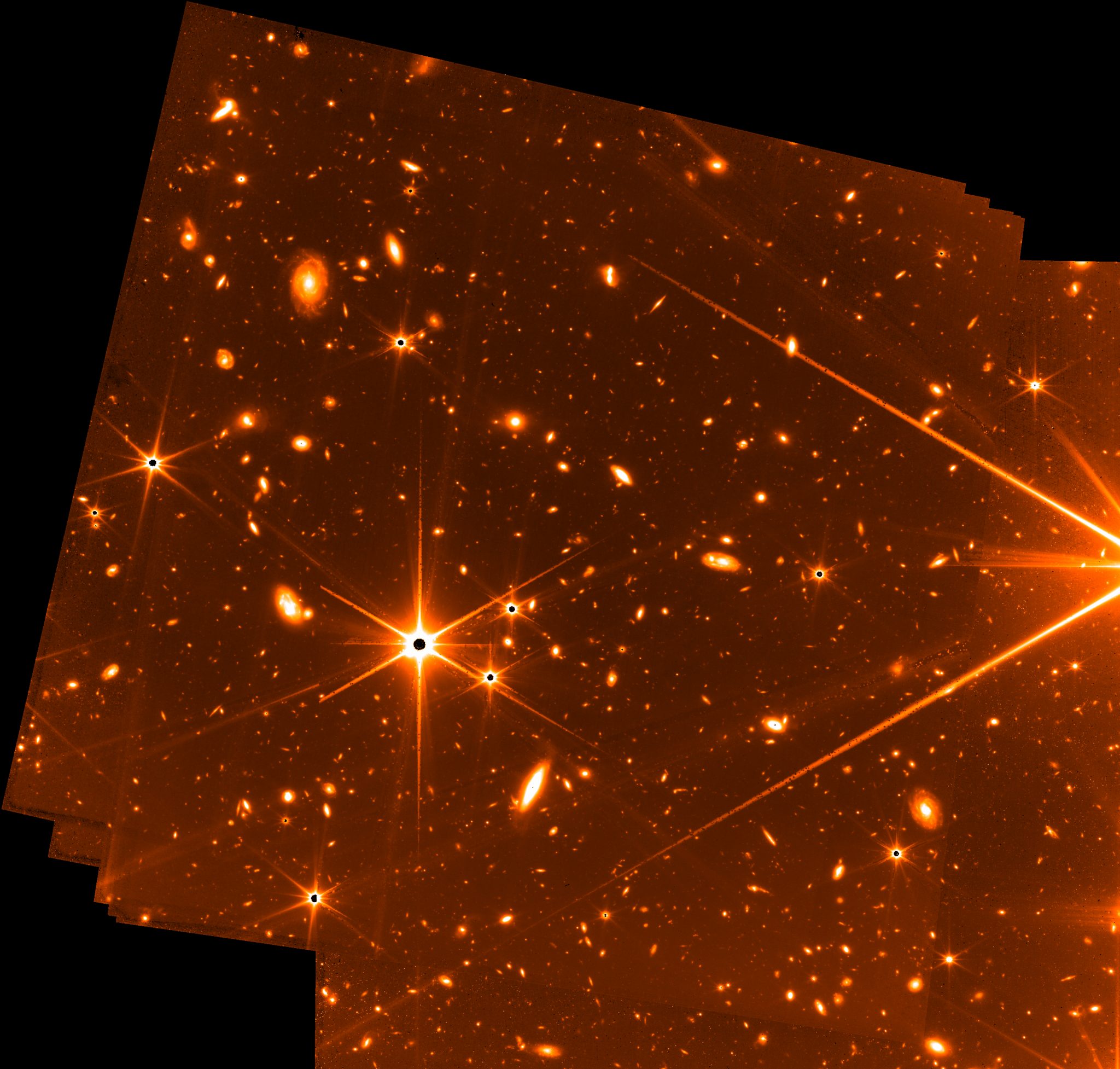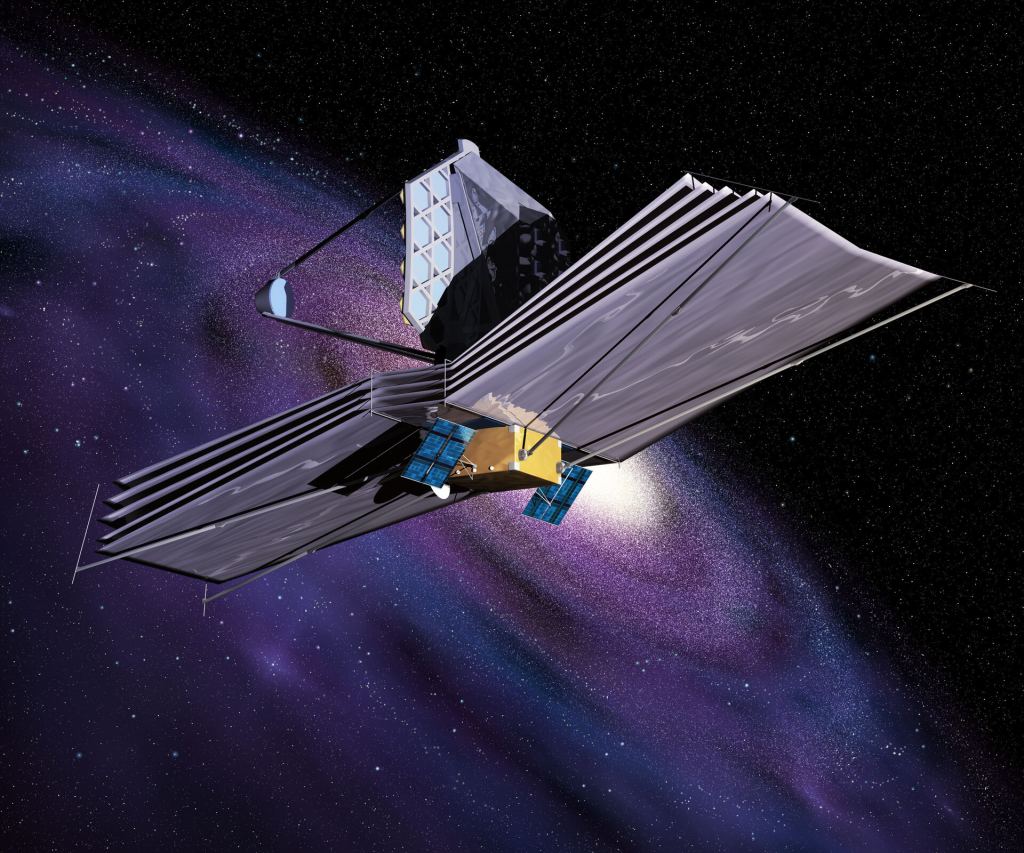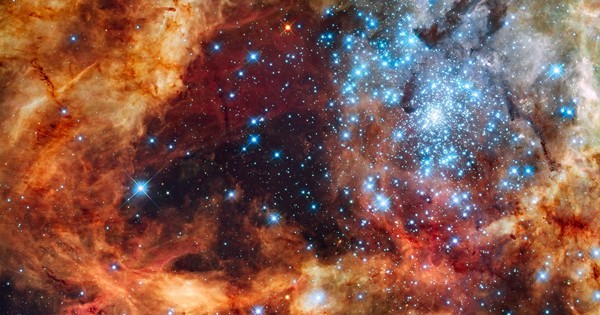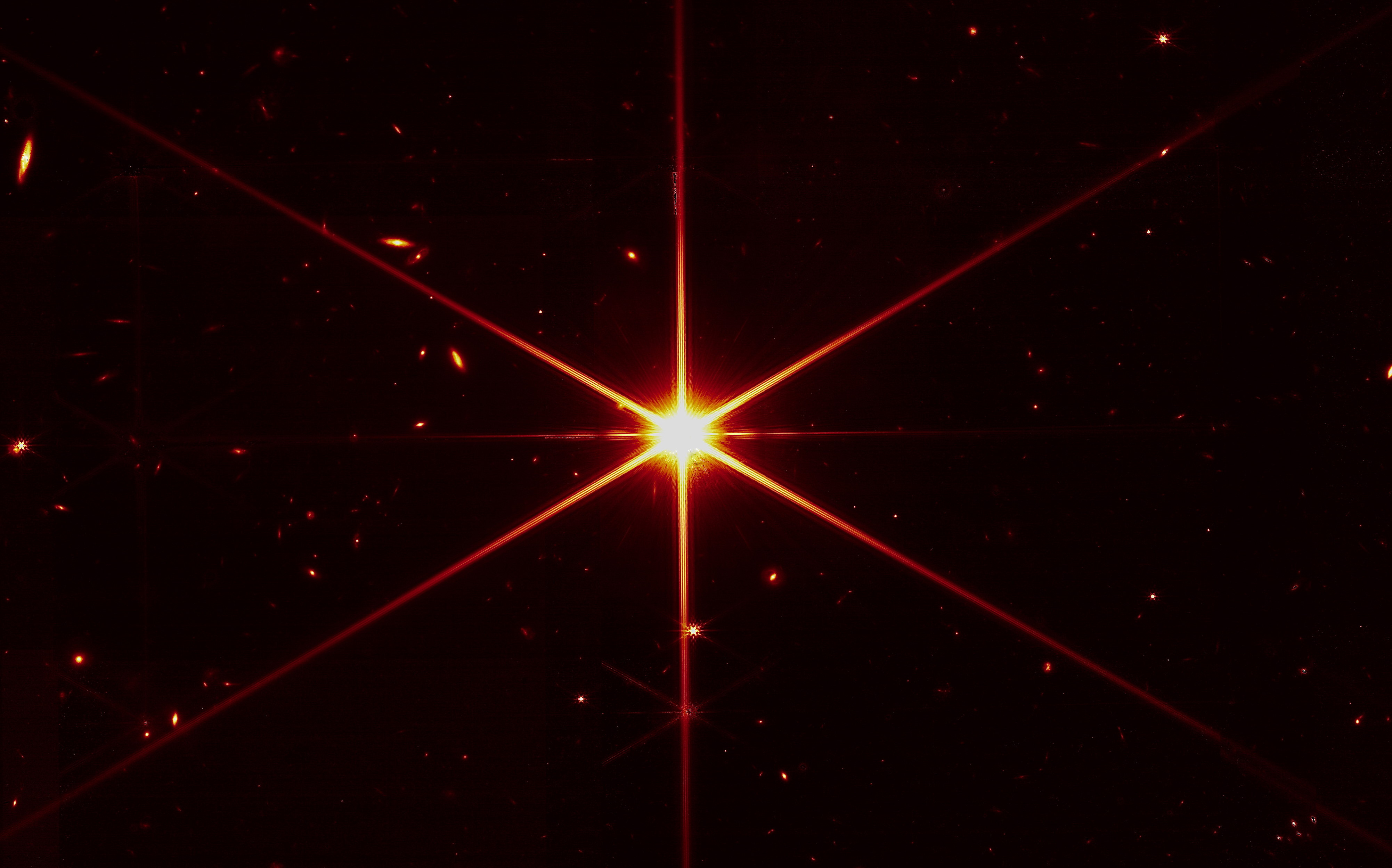- Joined
- 21 January 2015
- Messages
- 12,150
- Reaction score
- 16,354
With commissioning of the James Webb Space Telescope nearly complete, project officials and NASA leadership promise the telescope’s first images will stun scientists and the public alike.
During a media event at the Space Telescope Science Institute (STScI) here June 29, project managers and scientists said the telescope is already collecting “early release observations” that NASA, along with the European Space Agency and Canadian Space Agency, will unveil July 12. Those observations are taking place as engineers finish preparing the telescope for routine science observations, with 15 of its 17 observing modes now commissioned.
JWST’s technical performance continues to exceed expectations. Lee Feinberg, JWST optical telescope element manager at NASA’s Goddard Space Flight Center, that the telescope had a requirement that its resolution be diffraction limited — that is, its sharpness limited only by the laws of physics — at wavelengths as short as 2 microns. He said the telescope was in fact diffraction limited down to 1.1 microns.
While the list remains secret, NASA officials dropped hints about what will be released on July 12. NASA Administrator Bill Nelson, participating in the event by phone after testing positive for COVID-19 the night before, said one will be “the deepest image of our universe that has ever been taken,” better than various “deep field” observations by the Hubble Space Telescope.
“This is farther than humanity has ever looked before,” Nelson said. “We’re only beginning to understand what Webb can and will do.” Pontoppidan confirmed that scientists will release the deepest infrared image yet of the universe, but did not quantify how it compared to past deep field images.
Thomas Zurbuchen, NASA associate administrator for science, said the early release observations will also include spectra of an exoplanet, which can help scientists determine the composition of its atmosphere. “We’re looking forward to seeing the atmosphere of that specific planet and many more,” he said.
Both Melroy and Zurbuchen said they have already seen some of those images that will be released at the July 12 event. “What I have seen just moved me,” said Melroy, “as a scientist, as an engineer and as a human being.”

NASA prepares to release first JWST science images
With commissioning of the James Webb Space Telescope nearly complete, project officials and NASA leadership promise the telescope’s first images will stun scientists and the public alike.
 spacenews.com
spacenews.com
Last edited:

